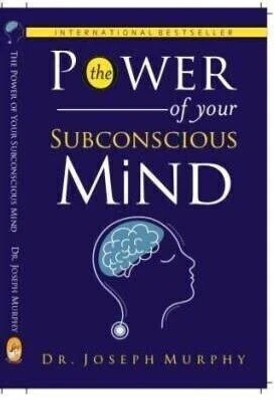
One, Two, Three...Infinity: Facts And Speculations Of Science (Dover Books On Mathematics (Paperback, George Gamow)
Price: Not Available
Currently Unavailable
Highlights
- Author: George Gamow
- 340 Pages
- Language: English
- Publisher: Dover Publications Inc
Description
The time las come," the Wwalrus said, To talk of many things".. LEWIS CARNOLL, Through the Looking-Glas Preface SES ... of atoms, stars, and nebulae, of entropy and genes; and whether one can bend space, and why the rocket shrinks. And indeed, in the course of this book we are going to discuss all these topics, and also many others of equal interest. The book originated as an attempt to collect the most inter- esting facts and theories of modern science in such a way as to give the reader a general picture of the universe in its micro- scopic and eye of the scientist of today. In carrying out this broad plan, I have made no attempt to tell the whole story, knowing that any such attempt would inevitably result in an encyclopedia of many volumes. At the same time the subjects to be discussed have been selected so as to survey briefly the entire field of basic scientific knowledge, leaving no corner untouched. Selection of subjects according to their importance and degree of interest, rather than according to their simplicity, necessarily has resulted in a certain unevenness of presentation. Some chap- ters of the book are simple enough to be understood by a child, whereas others will require some little concentration and study to be completely understood. It is hoped, however, that the lay- man reader will not encounter too serious difficulties in reading the book. It will be noticed that the last part of the book, which discusses the "Macrocosmos," is considerably shorter than the part on "Microcosmos." This is primarily because I have already dis- cussed in detail so many problems pertaining to the macrocosmos in The Birth and Death of the Sun, and Biography of the Earth, and further detailed discussion here would be a tedious repeti- 1 The Viking Press, New York, 1940 and 1941, respectively. macroscopic manifestations, as it presents itself to th
Read More
Specifications
| Book |
|
| Author |
|
| Binding |
|
| Publishing Date |
|
| Publisher |
|
| Edition |
|
| Number of Pages |
|
| Language |
|
| Genre |
|
| Book Subcategory |
|
Ratings & Reviews
5
★
5 Ratings &
0 Reviews
- 5★
- 4★
- 3★
- 2★
- 1★
- 5
- 0
- 0
- 0
- 0
Have you used this product? Be the first to review!
Be the first to ask about this product
Safe and Secure Payments.Easy returns.100% Authentic products.
Back to top




